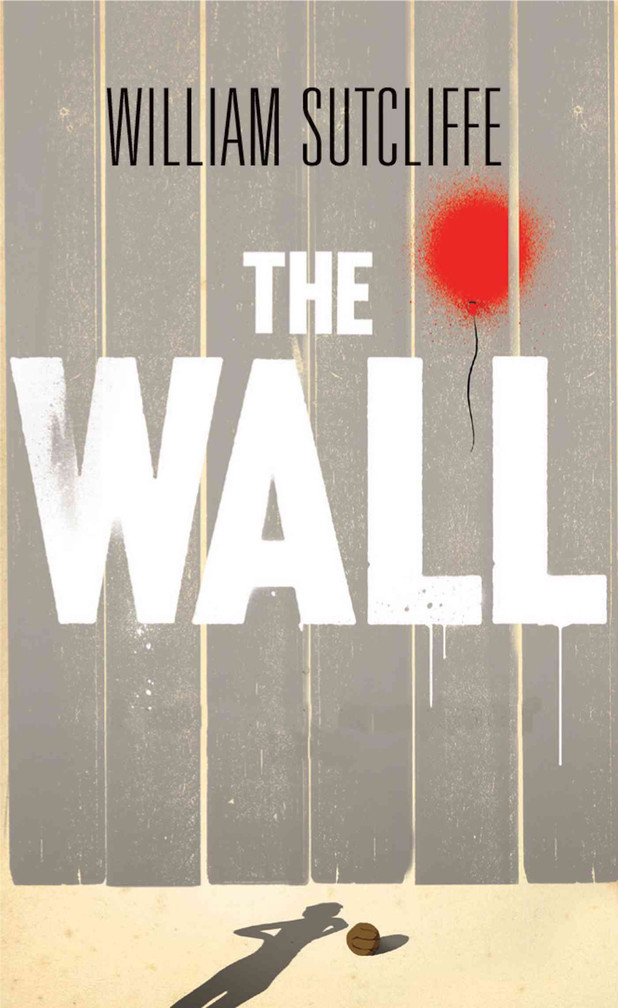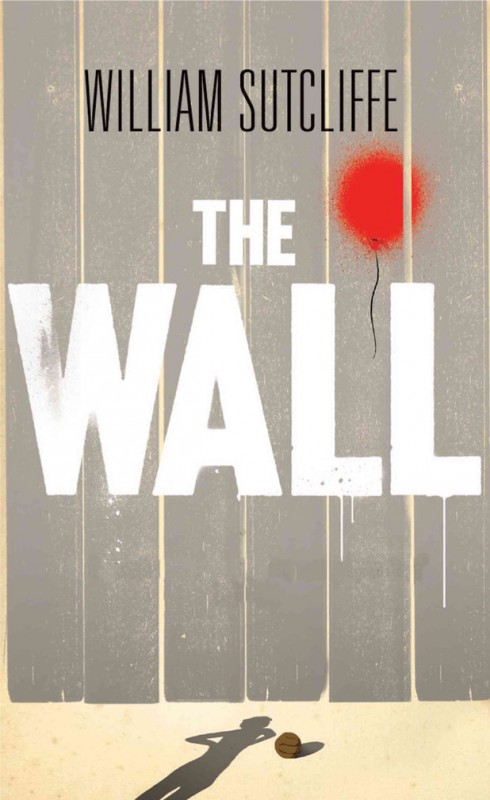18 Nov / The Wall by William Sutcliffe

 In an unnamed conflict zone – not unlike the challenging, changing borders of Israel and Palestine – 13-year-old Joshua lives in a new settlement community, Amarias, surrounded by a guarded, barbed-wired wall. Too soon after his father’s violent death, his mother desperately married Joshua’s now-stepfather who considers himself their savior.
In an unnamed conflict zone – not unlike the challenging, changing borders of Israel and Palestine – 13-year-old Joshua lives in a new settlement community, Amarias, surrounded by a guarded, barbed-wired wall. Too soon after his father’s violent death, his mother desperately married Joshua’s now-stepfather who considers himself their savior.
During an afternoon of play, Joshua’s new soccer ball goes out of bounds, thanks to a friend who runs off after refusing to retrieve it. In his search, Joshua discovers a hidden tunnel that takes him to the other side of the wall. Chased by a viciously angry mob of older boys, he’s saved by a young girl, Leila, who then helps him return to Amarias. Before they part, she asks him for food.
Back in relative safety, Joshua can’t stop worrying about Leila, struck by how different her life is from his own of plenty and privilege. His determination to repay her help sets off a chain of events that makes Joshua question everything he’s been taught to believe. From borrowed sandals to the tiniest olive tree sapling to the challenges of buying enough aspirin, The Wall presents two communities living right up against each other, yet separated by a seemingly unbreachable divide. One brave young boy attempts to make the great leap …
While The Wall doesn’t name countries, the fictional settlement’s name, Amarias, is an anagram for Samaria, which today refers to the northern part of the West Bank. British novelist William Sutcliffe (who happens to be married to fellow novelist Maggie O’Farrell!) describes himself as a “Jewish atheist.” After his participation at Palfest [Palestine Festival of Literature] in 2010, Sutcliffe told The Guardian in an April 2013 interview, “everything I thought I knew about Israel was shattered. Seeing a military occupation up close, seeing a small number of people with guns telling a large number without guns what to do … it was so much more brutal than I thought it could be.”
Published originally across the Pond with two different covers – one aimed for adult readers, the other for a younger audience – The Wall is an indelible, nuanced portrayal of young lives caught between complicated, opposite ‘sides.’ Sutcliffe offers no easy answers, and leaves a wide berth for plenty of questions. To read his book is to look beyond your own walls, to seek experiences beyond your comfort zone, and be inspired to follow your own moral compass as best as you can.
Readers: Middle Grade, Young Adult, Adult
Published: 2013 (United States)
